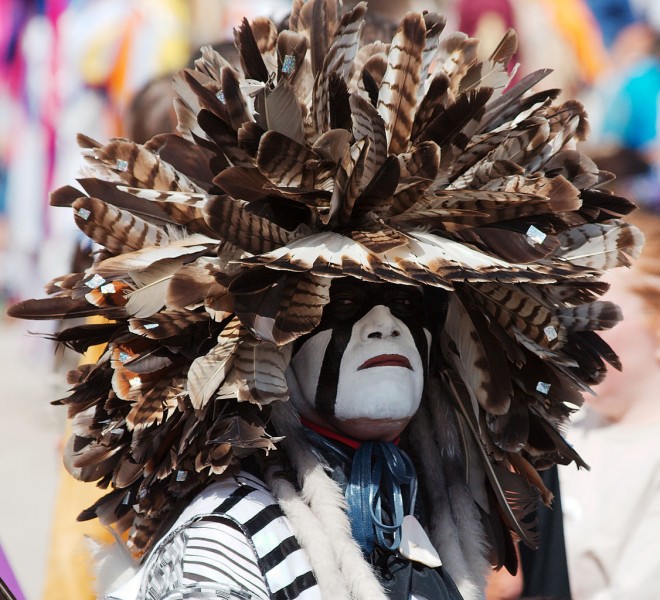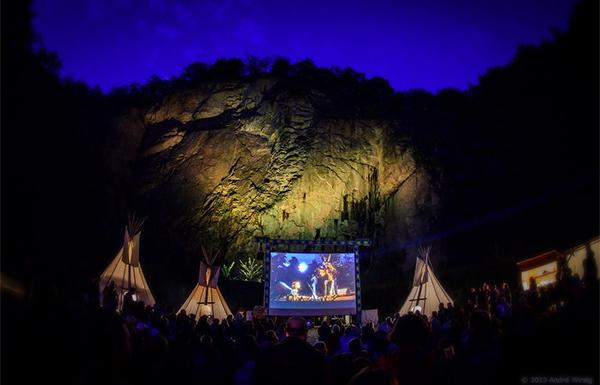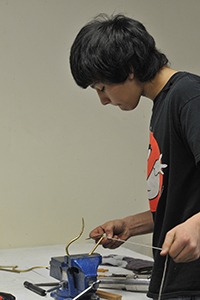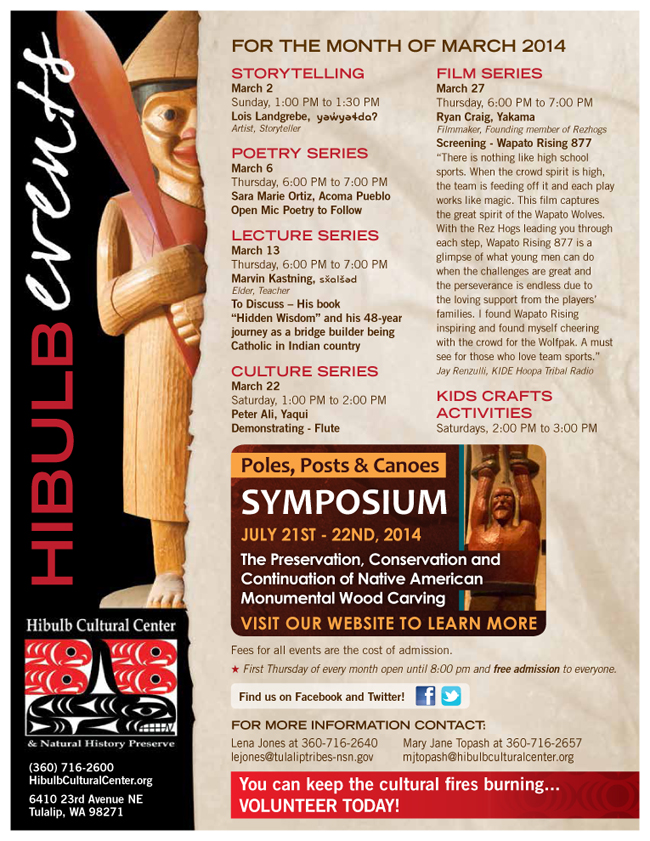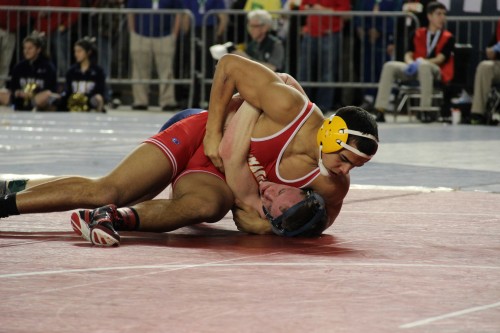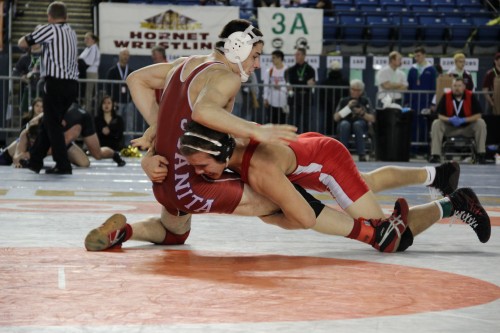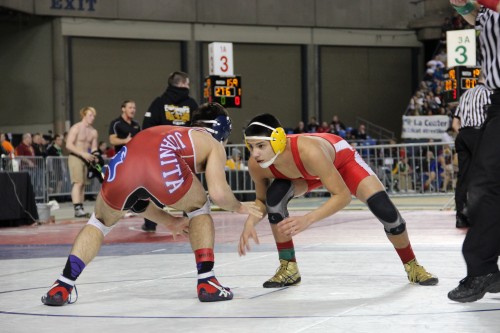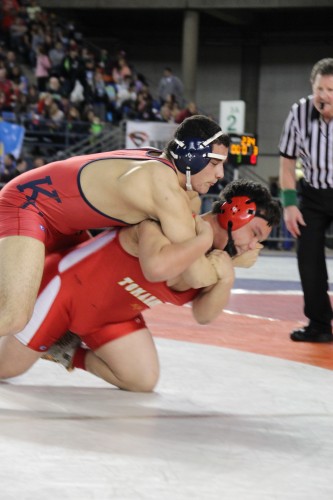UNITED STATES SENATE COMMITTEE ON INDIAN AFFAIRS
Chairman Jon Tester (D-MT)
| For Immediate ReleaseFebruary 26, 2014 |
Contact: Reid Walker
202-224-0466
|
U.S. SENATE –Today the U.S. Senate Committee on Indian Affairs held an oversight hearing on the importance of Early Childhood Development and Education in Indian Country – one of the first in a series of hearings examining the critical state of education in Indian Country.
“As a former educator, I know first-hand the impacts that a quality education can have on young folks throughout their lives, and I believe that improving those opportunities can be a starting point for addressing many of the issues that are too prevalent across Indian Country,” said Committee Chairman Jon Tester (D-MT).
“When we invest in early childhood education, we are investing in not only the child, but the family and community around him or her,” Tester added. “And to me, that is good policy. Another important benefit is the ability of our programs to support Native languages, and help preserve and protect these important connections to Native culture and identity – something I strongly support.”
According to Federal data, in the 2011 school year, the percentage of children and youth served under the Individuals with Disabilities Education Act was highest for American Indians/Alaska Natives. In 2010, approximately 28.4 percent of the AI/AN population lived in poverty compared with approximately 15.3 percent of the total population. In 2010, unemployment on Indian reservations was at approximately 50 percent and 49 percent of AI/AN children lived with parents who lacked secure employment compared to approximately 33 percent of the total U.S. population.
Children in AI/AN families are also more likely to experience violence, substance abuse and neglect. A study of Adverse Childhood Experiences in seven tribes found that approximately 86 percent of participants had one or more adverse experiences and approximately 33 percent had four or more. Approximately 28 percent of AI/AN households with children were food insecure, compared with approximately 16 percent of non-AI/AN households.
“Given these facts, the U.S. Department of Health and Human Services is moving forward through a number of programs to improve the well-being and education of AI/AN children,” said Linda Smith, Deputy Assistant Secretary and Interdepartmental Liaison for Early Childhood Development of the U.S. Department of Health and Human Services’ Administration for Children and Families. “Administration for Children and Families has four important programs that serve children prenatally through school entry. These efforts mirror the President’s Early Learning Initiative, which starts with home visiting as the entry point for early childhood services through the Maternal, Infant, and Early Childhood Home Visiting Program and also includes: The Child Care and Development Fund; Early Head Start and Head Start Programs; The Race to the Top – Early Learning Challenge Program; and The Tribal Early Learning Initiative.”
Smith added, “As with all of our nation’s early learning programs, there is more that could be done to provide more high quality, stable programs for all of our youngest and most vulnerable citizens.”
“American Indian, Alaska Native and Native Hawaiian children need quality child care settings to improve lifelong outcomes. Increased risk factors such as poverty, low birth weight, and low educational attainment of mothers contribute to the need for investment in quality child care in Indian country,” said Barbara Fabre, a tribal member from the White Earth Nation in Minnesota, and Chairwoman of the National Indian Child Care Association. “There are many challenges faced by American Indian, Alaska Native and Native Hawaiian children. Tribal child care is a vehicle for intervention and support of quality care and cultural strengths. The Federal government must take into account the needs of tribal communities, which must be determined by tribal communities, and served by tribal programs in order to make meaningful changes to practices. Reduced funding and resources will continue to undermine tribal culture and American Indian, Alaska Native and Native Hawaiian children’s development.”
“Currently over 90 percent of Native American students are in public schools,” saidDanny Wells, Executive Officer for the Division of Education, representing the Chickasaw Nation. “There are too many issues in public schools to expect the teachers or administrative staff to be aware of tribal programs, which results in tribal students being disconnected to services that could help them perform better academically and socially. Tribal representatives should have access to student records (attendance, grades, etc.) so that tribes can become partners with the schools to improve the tribal student’s education or prevent at-risk students from failing or dropping out of school.”
Dr. Elizabeth Costello, professor with the Department of Psychiatry and Behavioral Medicine, Duke University School of Medicine and Associate Director for Research,
Duke University Center for Child and Family Policy reviewed her 20 year research on the impact of children from the Eastern Band of Cherokee Indians in North Carolina. Her researched showed a substantial impact of a relatively small economic boost to families of the tribe. “Based on these data, we can choose to pay less now or pay more later. Our tax dollars can support poor families while their children are growing and developing. Or we can pay the higher costs of their lack of education, obesity, alcohol abuse, and crime in the health care and criminal justice systems and in loss of economic productivity down the road. Twenty years of research make the choice very clear.”
